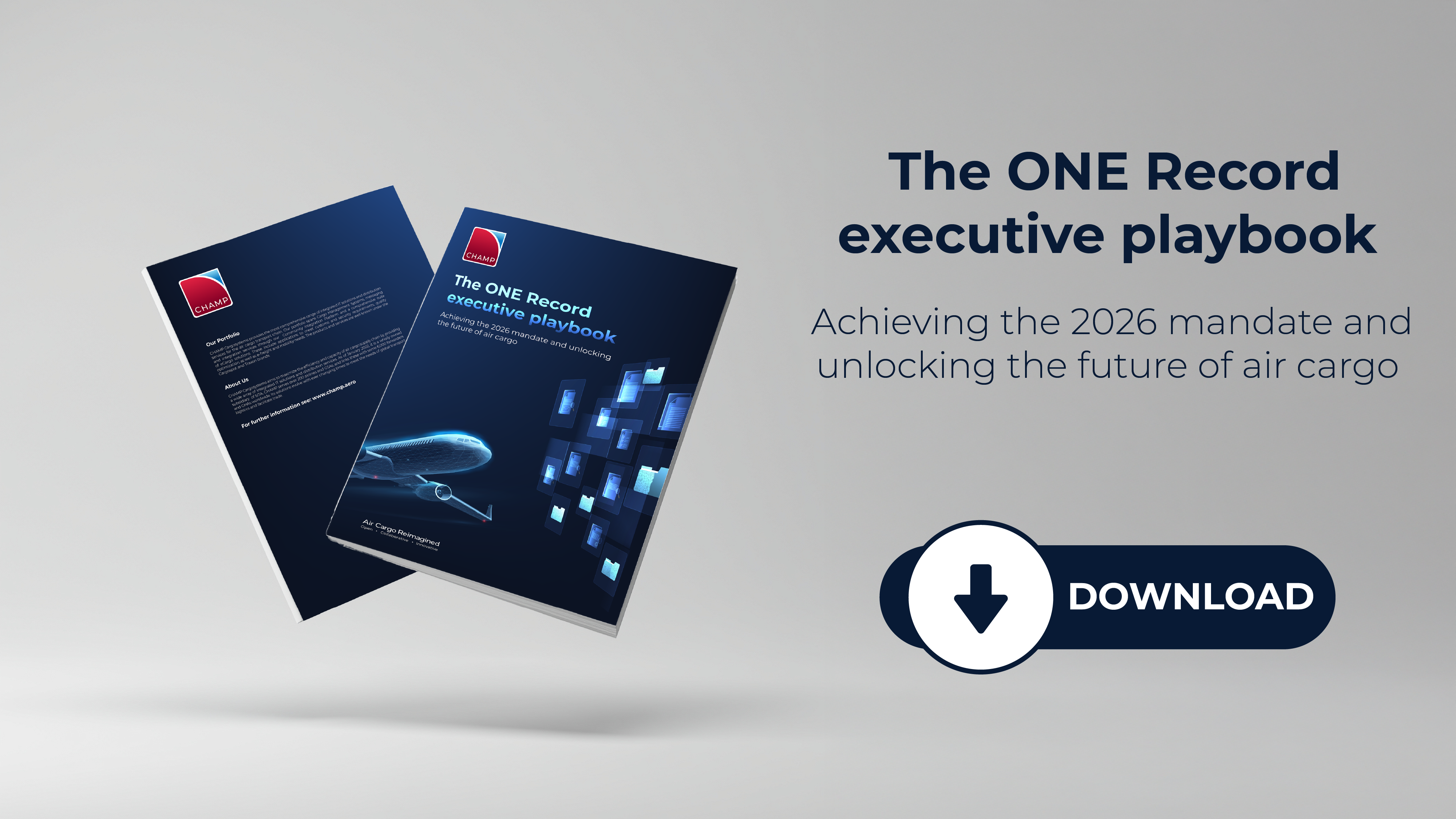WEBINAR: Sustainability compliance in air cargo: What’s coming & how to prepare?
In this webinar, our expert panel explored the pathways to achieving "SAF to Net Zero by ...
Automate document processing with CHAMP A2Z Scan for efficiency and accuracy
Transform air cargo operations with CHAMP A2Z Scan, reducing errors and saving time by ...
Redefining air cargo connectivity- Key insights from CHAMP’s ONE Record made easy webinar
During the third and final installment of our ONE Record webinar series - following two ...
How to easily streamline first- and last-mile shipment updates with your mobile phone
Discover how air cargo is leveraging mobile and QR code technology for efficient ...
Why integrated sanctions checking is no longer optional
In today's interconnected world, the movement of air cargo faces an increasingly complex ...
ONE Record takes center stage: air cargo leaders chart a digital future
Industry leaders highlight ONE Record innovations and future roadmaps at IATA World Cargo ...
CHAMP honors women in tech and air cargo on International Women’s Day 2025
Celebrate International Women's Day with CHAMP as we honor women's contributions in IT ...
Transform with Intelligent Automation: Highlights from CHAMP's Summit 2025
Discover the latest insights and updates from our CHAMP 2025 Summit!
Real-time insights for airlines: Traxon Quality’s solution for operational excellence
Discover how Traxon Quality boosts air cargo efficiency with real-time visibility, ...
Exploring the future of air cargo at TIACA’s Air Cargo Forum
CHAMP CEO Chris McDermott joined a panel of fellow air cargo experts to share insights ...
1Neo-Connect - Accelerate ONE Record adoption and streamline your air cargo operations
Explore 1Neo-Connect, a game-changer designed to make the ONE Record landscape accessible ...
CHAMP can make risk & compliance screening part of your workflow
Maintaining compliance in the air cargo industry has become increasingly challenging in ...
United Arab Emirates begins Phase Two of its NAIC PLACI initiative
The United Arab Emirates' Advance Cargo Information (ACI) program, spearheaded by the ...
Air mail means more business: Integrating post office business into CHAMP’s Cargospot
Over the years, airmail has been associated with brown postal bags and for envelopes in ...
Unlocking efficiency and trust - air cargo tracking reimagined
In the fast-paced world of air cargo, real-time visibility and accurate tracking are ...
PACT proof your air cargo business with CHAMP’s Traxon Global Security
The regulatory landscape in which air cargo functions is changing rapidly.
What is ONE Record and how will it benefit the air cargo community?
The air cargo community has been preparing for the adoption of IATA’s ONE Record ...
The Future of Weight and Balance – By Loadmasters, for Loadmasters
Discover how CHAMP's Cargospot Weight & Balance revolutionizes air cargo operations ...
.png?width=72&height=72&name=CHAMP-Logo-RGB-Full-Color-100x100%20(1).png)




